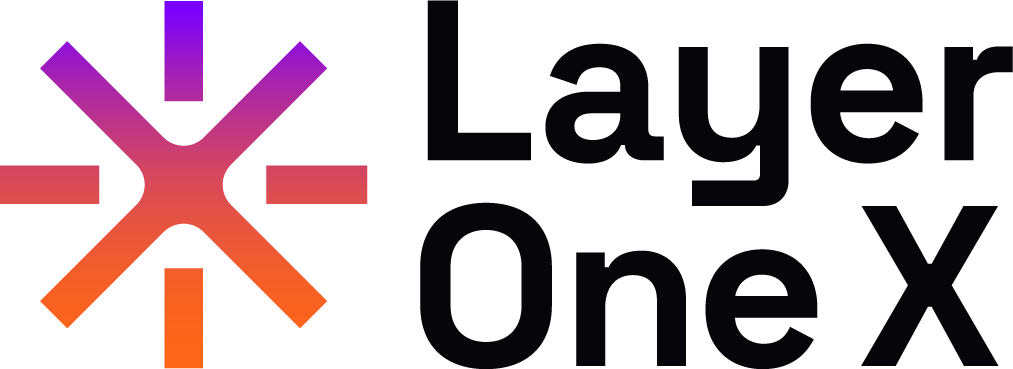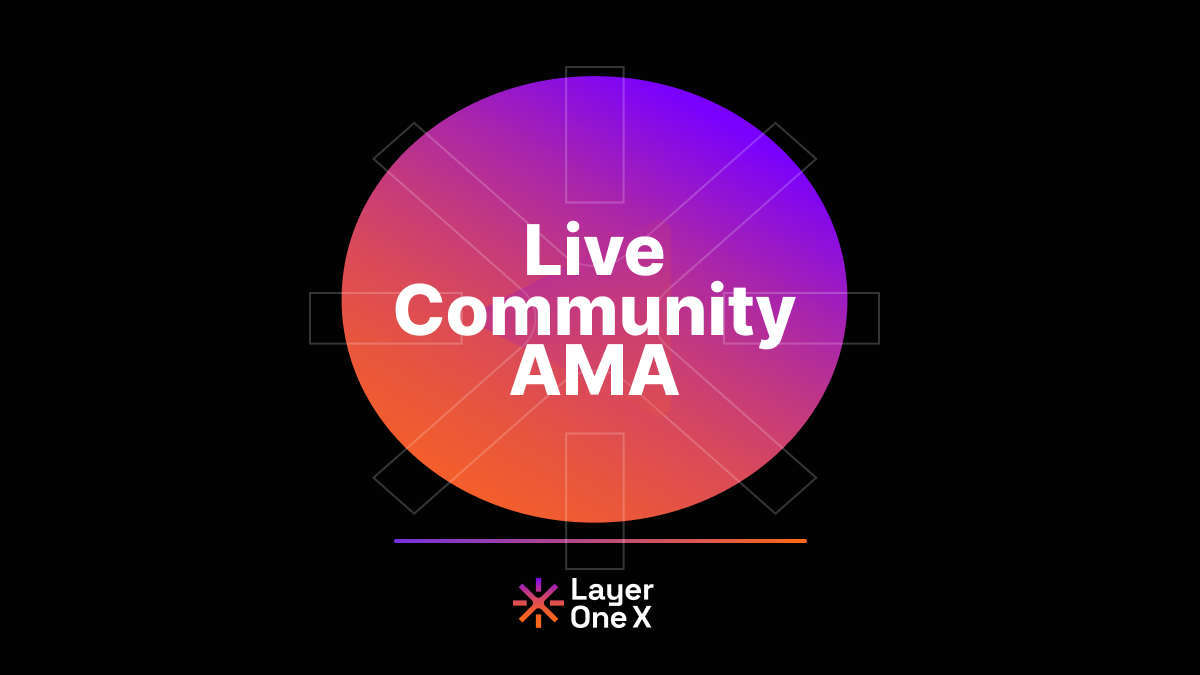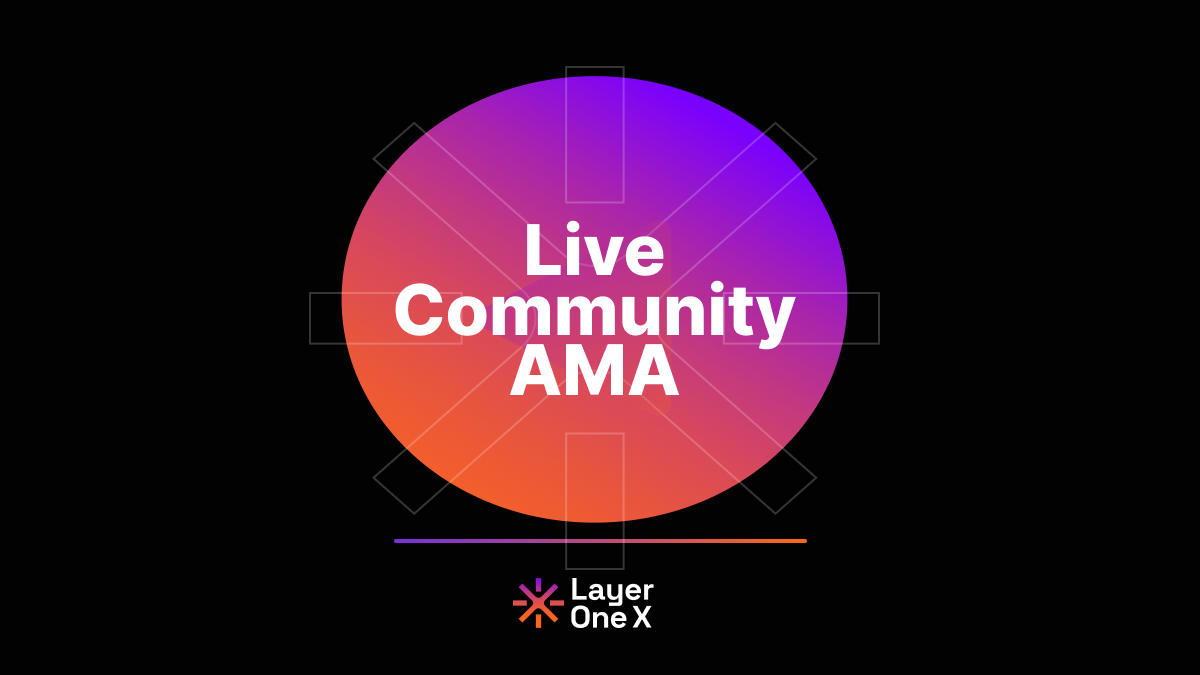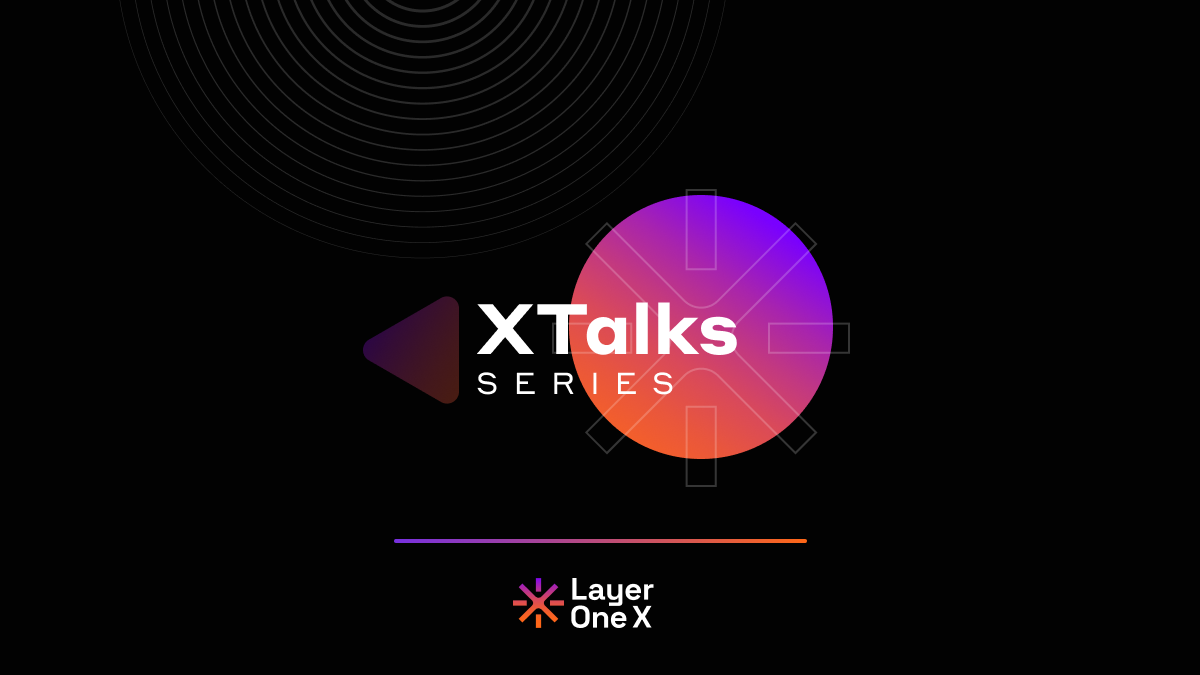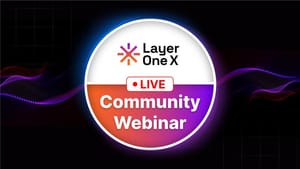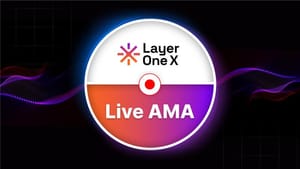Deep Dive into Layer One X: Block Rewards, Transaction Fees, and Future-Proofing Blockchain
In the latest Layer One X (Layer One X) Deep Dive session held on March 28, 2025, the team, led by founder Kevin and Dr. Neeraj, explored the intricacies of block rewards, transaction fees, and the innovative Xtalk interoperability infrastructure. This session offered a detailed look at how Layer One X is designed to balance scalability, cost-efficiency, and developer flexibility, setting it apart from competitors like Chainlink and Layer Zero.
Quick Updates: Node NFTs and Exper Progress
Kevin kicked off with an update on the Layer One X ecosystem, addressing recent challenges with the "exper" and Node NFTs. Developers identified and resolved issues within 24 hours, with intensive testing underway to ensure a smooth release, potentially as early as that evening or by Monday. This reflects the team’s commitment to reliability and community trust.
Transaction Fees and Block Rewards: A Modular Approach
The session delved into Layer One X’s fee structure, emphasizing its modularity to support both native projects and those leveraging Xtalk for interoperability. Kevin highlighted two key fee types in Xtalk: trigger fees (listening to events, e.g., a transaction on Ethereum) and action fees (executing payloads, like transferring data to Layer One X). These fees are customizable—users can set how often triggers occur (e.g., every second or hour), optimizing costs based on need.
In contrast, Layer One X’s virtual machines (Layer One X VM and EVM) feature fees for contract deployment and state-changing calls, with read-only calls and event logs incurring minimal or no cost. Compared to Chainlink’s expensive custom oracle setup or Layer Zero’s multi-contract complexity (with fees like security stack and executor costs), Layer One X offers a streamlined, low-cost alternative—often less than a cent per action.
Dr. Neeraj broke down the tokenomics, showcasing how a 5 MB block size and 0.5-second block creation time enable up to 50,000 transactions per block, translating to 100,000 transactions per second. Fees are split: validation and invocation costs are burned, while computation, storage, and memory costs reward validators and block producers. This deterministic fee model, measured in Nano Layer One X units, ensures predictability for developers and node operators alike.
Time Units and Scalability
Dr. Neeraj introduced Layer One X’s time unit framework—slots (0.5 seconds), chunks (20 seconds), epochs (1 minute), and cubes (3 minutes)—designed to coordinate network activities like consensus and block production. With 172,000 blocks daily, this structure underpins Layer One X’s high throughput and scalability.
Community Q&A: Memecoins, Node Rewards, and More
The Q&A session addressed diverse topics:
- Username NFTs: Set to earn revenue shares from Layer One X app activities (e.g., swaps, gaming), with more details next month.
- Node Fees: Operators can’t set custom fees but can define fee limits, ensuring fairness. Block rewards, currently among the highest in Layer 1s, complement transaction fees.
- Memecoins: Post-TGE, interoperable memecoins (e.g., a “$1 memecoin”) are feasible, leveraging negligible fees for viral potential.
- Fee Distribution: Initially, 50% goes to full validator nodes (FVNs), 10-15% to event listener nodes (ELNs), with the rest burned or allocated to the foundation, shifting over time to favor transaction fees.
Future-Proofing and Community Focus
Kevin emphasized Layer One X’s developer-friendly design, offering Layer One X VM and EVM compatibility akin to Avalanche or Arbitrum, plus Xtalk for interoperability. Upcoming features include Bitcoin integration in April and a self-managed node model.
Closing Thoughts
This Deep Dive underscored Layer One X’s mission: a scalable, cost-effective, and interoperable blockchain ecosystem. With a passionate community and a team pushing boundaries, Layer One X is gearing up for a transformative launch. Stay tuned for more updates as the journey continues!
